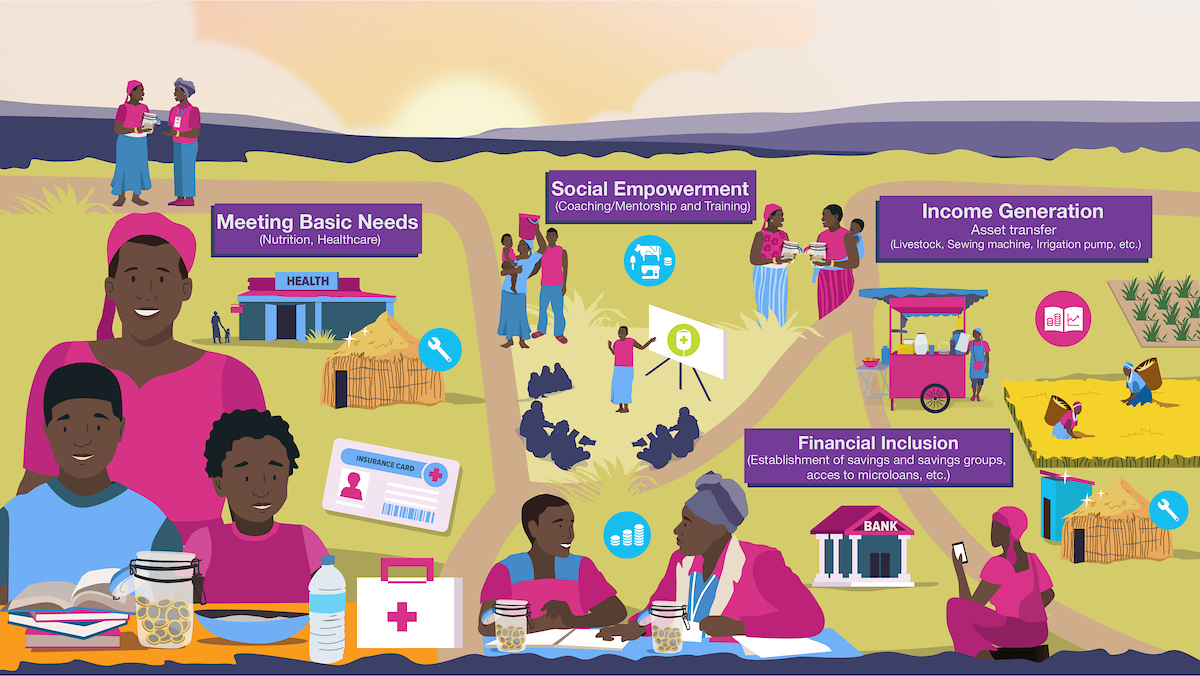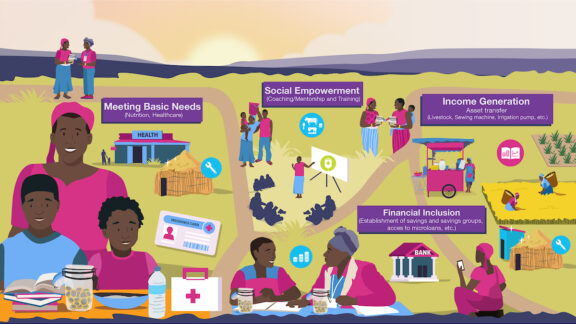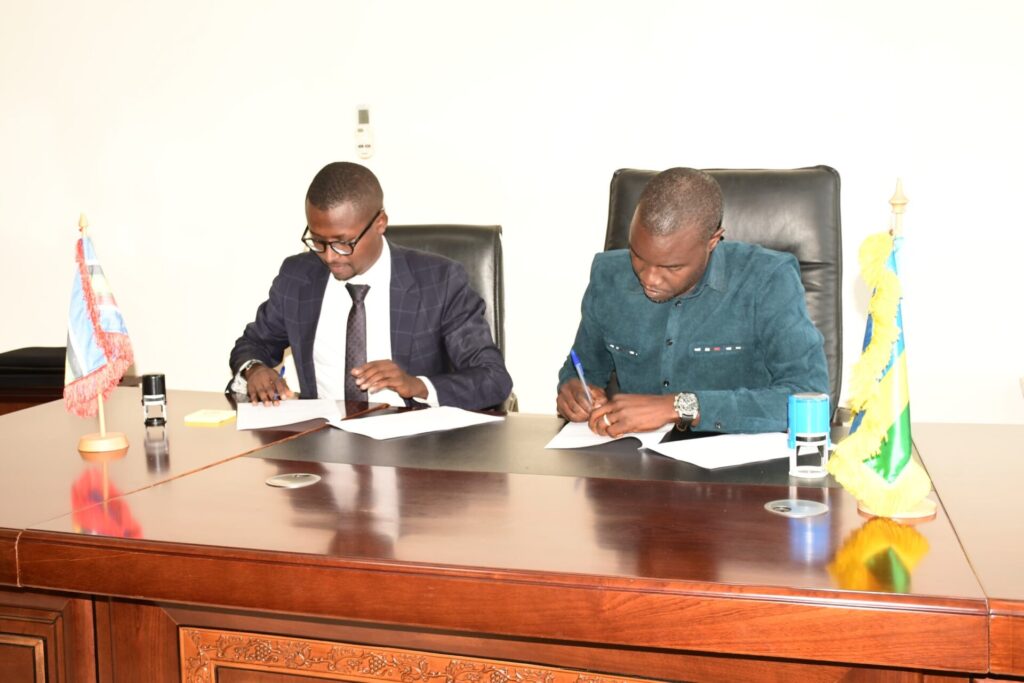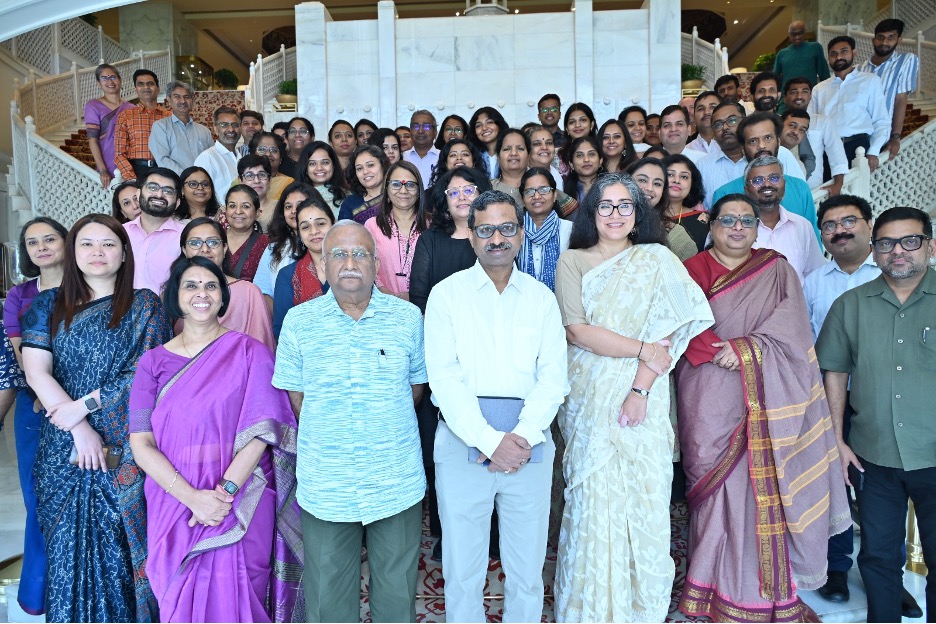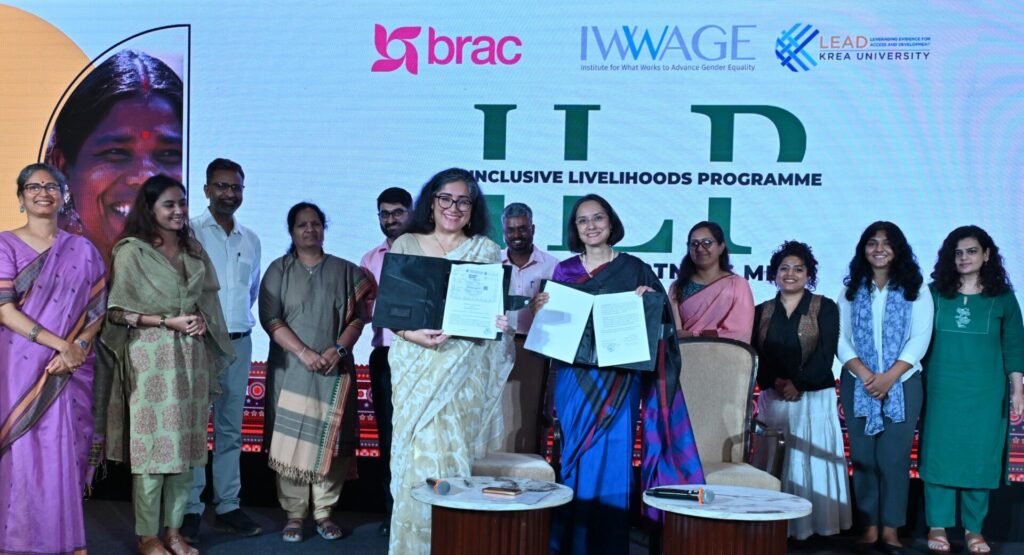This article was originally published by Triple Pundit on November 1, 2023.
As TriplePundit moves forward with our new editorial focus on solutions journalism, we’ve looked back at some of the top solutions proposed to address our most pressing environmental, social and economic challenges a decade ago. Now, we’re looking ahead to learn more about the evidence-based responses that can further progress on these challenges into the future. Last week, we reviewed some of the highest-potential interventions to reduce greenhouse gas emissions and mitigate climate change — from reducing food waste to restoring tropical forests. Now, we’re fixing our eyes on another persistent and pervasive challenge: global poverty.
When talking about how to address wealth and income disparities in the fight against poverty, similar interventions are often mentioned: direct cash transfers, increasing education levels among children, training farmers to produce better yields, improving healthcare services, empowering women and girls. All of these things can make a massive impact on their own. For example, empowering women and girls with social protections, family planning services, and equal pay for equal work could lift nearly 150 million people out of extreme poverty by 2030 on its own, according to estimates from U.N. Women. But what if we could bring all of these interventions together?
That’s the concept behind the Graduation Approach — which the Brookings Institution, a U.S. economic think tank, called “the most widespread and well-researched version of a ‘big push’ poverty eradication method.”

